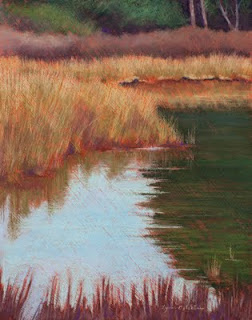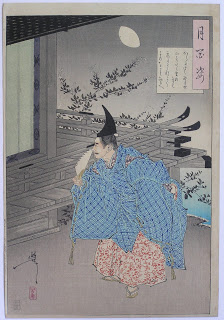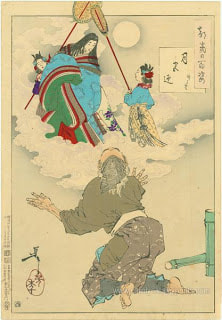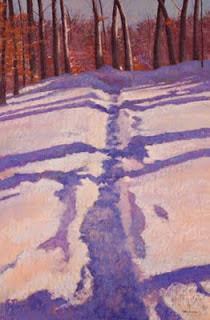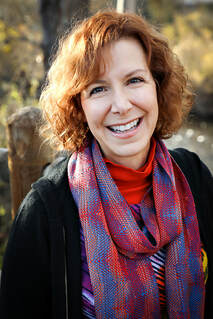|
Just this past week I was fortunate enough to attend a lecture presented at the Smithsonian by the Asian art curator Robert Mintz. This presentation covered the history of antique Japanese woodblock prints as well as three of the better known Japanese print artists. The artists discussed were Utamaro, Hokusai and Hiroshige... all phenomenal in their own right. Sadly, my favorite Japanese print artist wasn't mentioned in the program. His name was Yoshitoshi and his work has inspired mine in ways that are not quite obvious to others. When I first moved to the Washington, D.C. area, I worked as a graphic designer during the week and worked weekends at Shogun Gallery. Shogun Gallery was located in Georgetown at that time. I had been interested in Asian art, but was not exposed to it in any substantial way until I walked into the serenely lovely Shogun Gallery. The walls were covered in prints by the artists that I mentioned above and many, many others. Classical Japanese music was always playing there which added to the ambience. The gallery had a large collection of prints by Yoshitoshi and my infatuation was born. Infatuations usually dissipate, but occasionally a full-blown love occurs. This is what happened with my appreciation of Yoshitoshi's art. I have never strayed or cheated where his work is concerned! Yoshitoshi was born in 1839, during the last decades of feudalism in Japan. He was the apprentice to the great Ukiyo-e (Floating World) master Kuniyoshi when he was around eleven years of age. His first full-color print was published when he was fourteen. The wood used for these prints was cherry and each color was made by using separate wooden blocks. There was an artist who created the designs, a wood-carver and a printer were also involved to finish the final prints. At the age of twenty-six, Yoshitoshi was the tenth most popular Ukiyo-e artist of the day. In 1868 Yoshitoshi witnessed the fall of the feudal regime and as a result produced the gory series One Hundred Selections of Warriors in Battle. The success of this series elevated him to the forth most popular Ukiyo-e artist of the day. Several years later, Yoshitoshi suffered a nervous breakdown. He and his peers fell on hard times as the nation proceeded to modernize. In fact, he was forced, at one point, to rip up the flooring of his home for heating fuel. He endured the ups and downs of financial stress as well as the hardships of government censoring. He dubbed himself Taiso ("Great Rebirth") at this time. Sometimes you will see him listed as Tsukioki Yoshitoshi or Taiso Yoshitoshi. Artistically, he moved away from blood and gore and created other images including One-hundred Aspects of the Moon and Thirty-six Ghost Stories. I own two Yoshitoshi prints from the One-hundred Aspects of the Moon Series (I include images of them here). I bought them while working at Shogun Gallery and have been seized with overwhelming desire to add to those pieces with each passing year.
1 Comment
3/2/2022 01:18:59 am
I never took into account the fact that the walls were adorned with prints by the artists named above, as well as a slew of others. I remember when I was a college student I was proudly answering the question but now I realize it was different. Thank you for helping me understand the right information about Asian art print.
Reply
Leave a Reply. |
|

